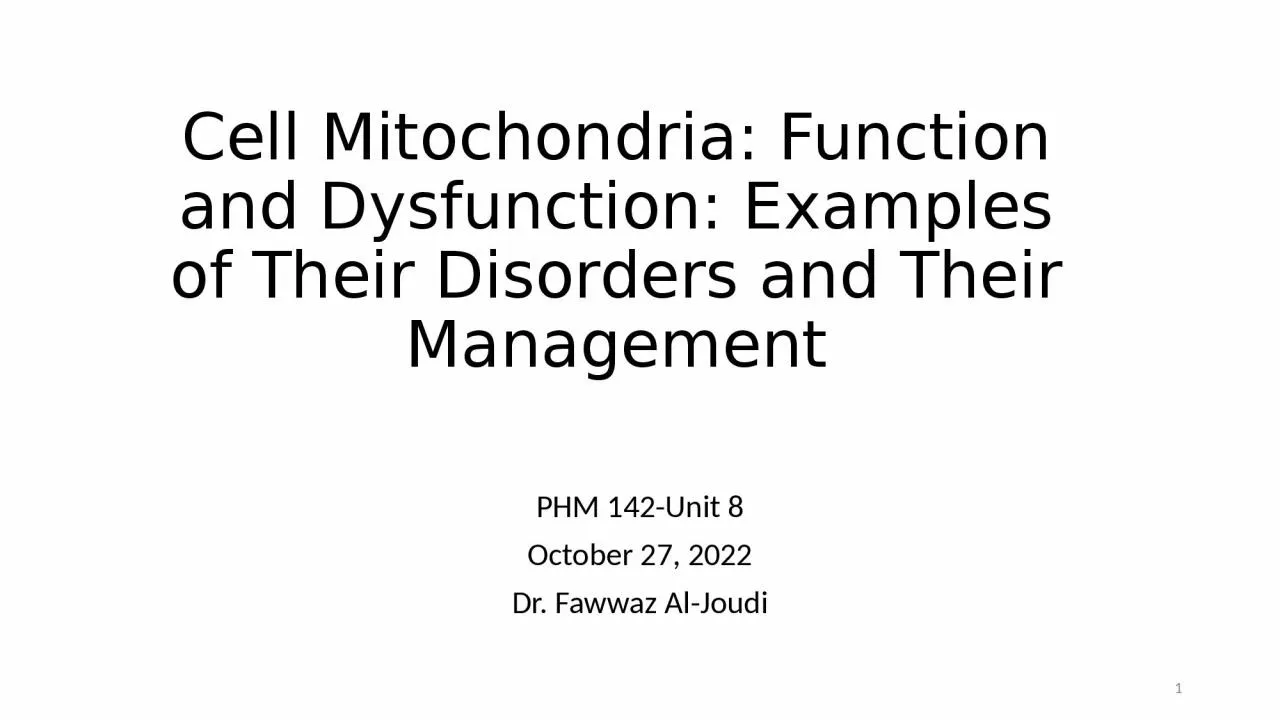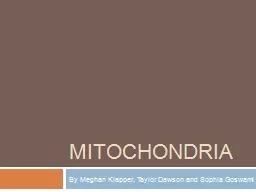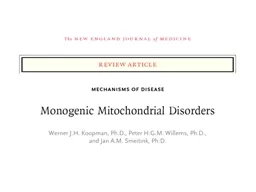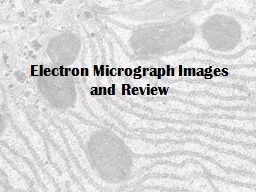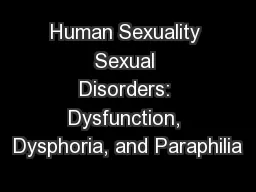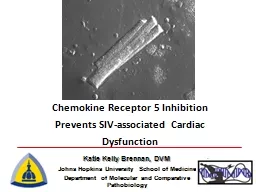PPT-Cell Mitochondria: Function and Dysfunction: Examples of Their Disorders and Their Management
Author : martin | Published Date : 2024-02-09
PHM 142Unit 8 October 27 2022 Dr Fawwaz AlJoudi 1 Shapes and Sizes of Mitochondria arapapararPr langenCA dirty0 arararPr langenCA dirty0asolidFillasrgbClr valFF0000asolidFillarPr
Presentation Embed Code
Download Presentation
Download Presentation The PPT/PDF document "Cell Mitochondria: Function and Dysfunct..." is the property of its rightful owner. Permission is granted to download and print the materials on this website for personal, non-commercial use only, and to display it on your personal computer provided you do not modify the materials and that you retain all copyright notices contained in the materials. By downloading content from our website, you accept the terms of this agreement.
Cell Mitochondria: Function and Dysfunction: Examples of Their Disorders and Their Management: Transcript
Download Rules Of Document
"Cell Mitochondria: Function and Dysfunction: Examples of Their Disorders and Their Management"The content belongs to its owner. You may download and print it for personal use, without modification, and keep all copyright notices. By downloading, you agree to these terms.
Related Documents

